Forums
- Forums
- Duggy's Reference Hangar
- Luftwaffe Library
- Focke Wulf Fw 56
Focke Wulf Fw 56
Post a reply
- Go to Previous topic
- Go to Next topic
- Go to Welcome
- Go to Introduce Yourself
- Go to General Discussion
- Go to Screenshots, Images and Videos
- Go to Off topic
- Go to Works in Progress
- Go to Skinning Tips / Tutorials
- Go to Skin Requests
- Go to IJAAF Library
- Go to Luftwaffe Library
- Go to RAF Library
- Go to USAAF / USN Library
- Go to Misc Library
- Go to The Ops Room
- Go to Made in Germany
- Go to Campaigns and Missions
- Go to Works in Progress
- Go to Juri's Air-Raid Shelter
- Go to Campaigns and Missions
- Go to Works in Progress
- Go to Skinpacks
- Go to External Projects Discussion
- Go to Books & Resources
-
5 years agoSun Dec 31 2023, 01:03pmDuggy
 Main AdminThe Focke-Wulf Fw 56 St?sser (German : goshawk) was a single-engine, parasol monoplane advanced trainer, built in the 1930s in Germany.
Main AdminThe Focke-Wulf Fw 56 St?sser (German : goshawk) was a single-engine, parasol monoplane advanced trainer, built in the 1930s in Germany.
Development
The Fw 56 was developed, in accordance with a request by the Reich Air Ministry for an advanced fighter trainer, by Kurt Tank, chief engineer with Focke-Wulf. It was also considered for possible use as a home defence fighter.
The first prototype flew for the first time in November 1933. A second prototype had some modifications made to the fuselage, and metal rather than wooden wings for flight testing. The third prototype, which flew in February 1934, reverted to the wooden wing and satisfied the technical designers.
After comparison flights in 1935 against its two competitors - the Arado Ar 76 and the Heinkel He 74 - the Air Ministry ordered production to begin. About 1,000 aircraft were built, mostly used by Germany, though numbers were used by Austria and Hungary. A few were sold for private use, for instance to Gerd Achgelis, who later founded the helicopter company Focke-Achgelis with Henrich Focke.
Ernst Udet, an advocate of the use of dive bombers, tested the second prototype - Fw 56 V2 - in this role, and on his recommendation, the development of dive bombers was given greater attention.
Design
The Fw 56 was a parasol-wing monoplane aircraft with a fuselage of steel tube construction, clad in metal at the front, and canvas elsewhere. The wing was of wood, covered mostly in plywood, while the trailing edge was fabric-covered. The fixed conventional undercarriage consisted of two cantilever main legs and a tailskid. The aircraft was powered by an air-cooled Argus inline engine and intended as a single-seat advanced trainer for the fledgling pilot trainee to transition to from the Bucher primary trainer. In addition, for its secondary role as an emergency fighter as well as aiding aspiring fighter pilot trainees in conversion, it was fitted with 2 fixed cowl-mounted 7.9mm MG17 machine guns as well as a removable ventral rack for 3 10kg bombs (inert practice bombs or, in the event, light antipersonnel fragmentation bombs)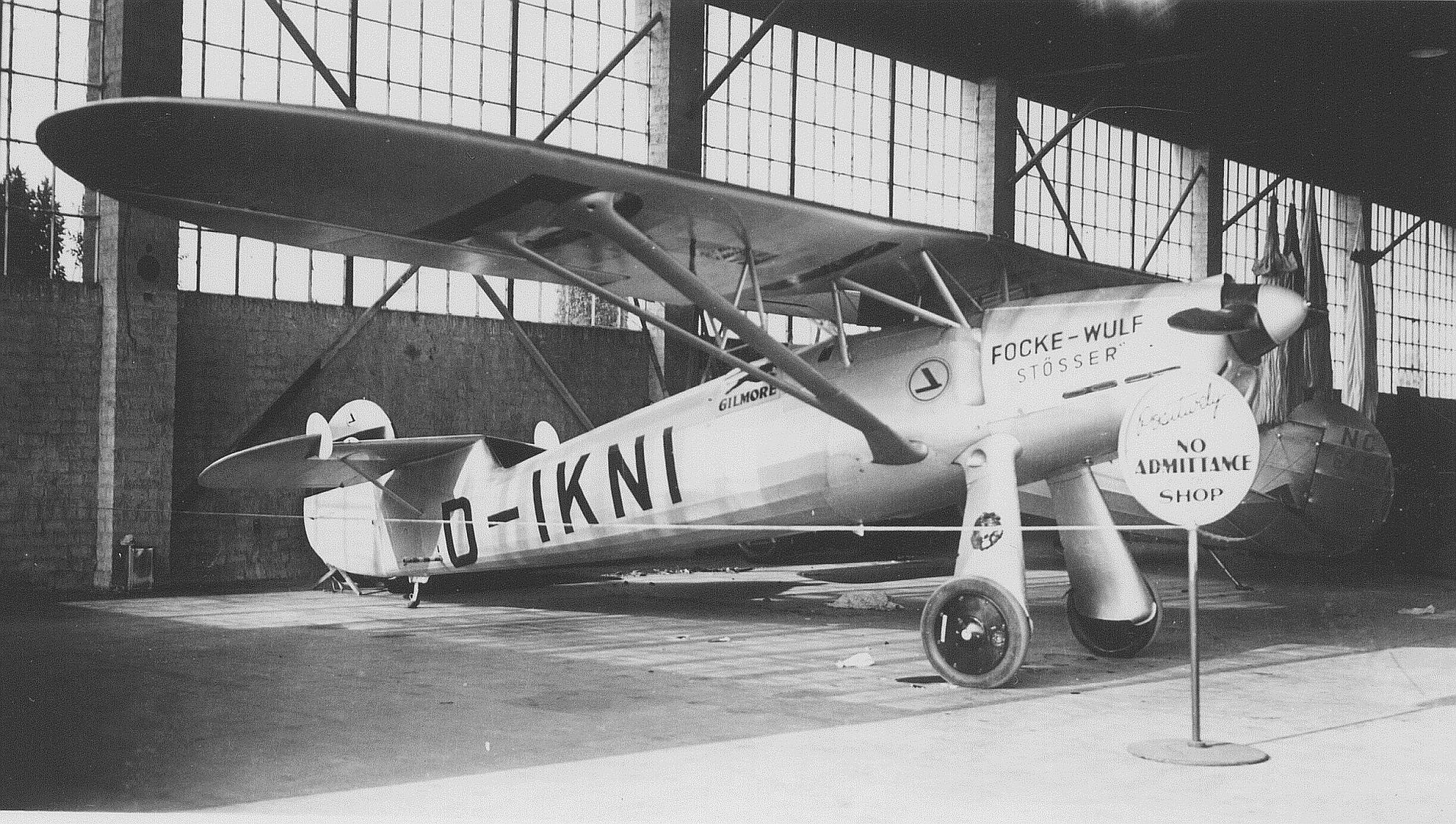
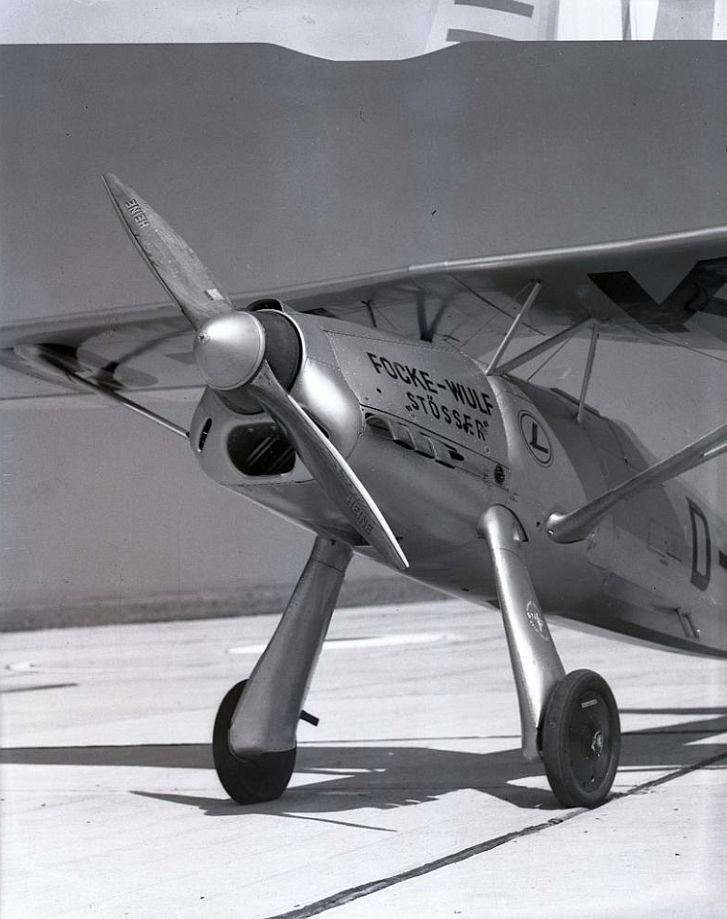
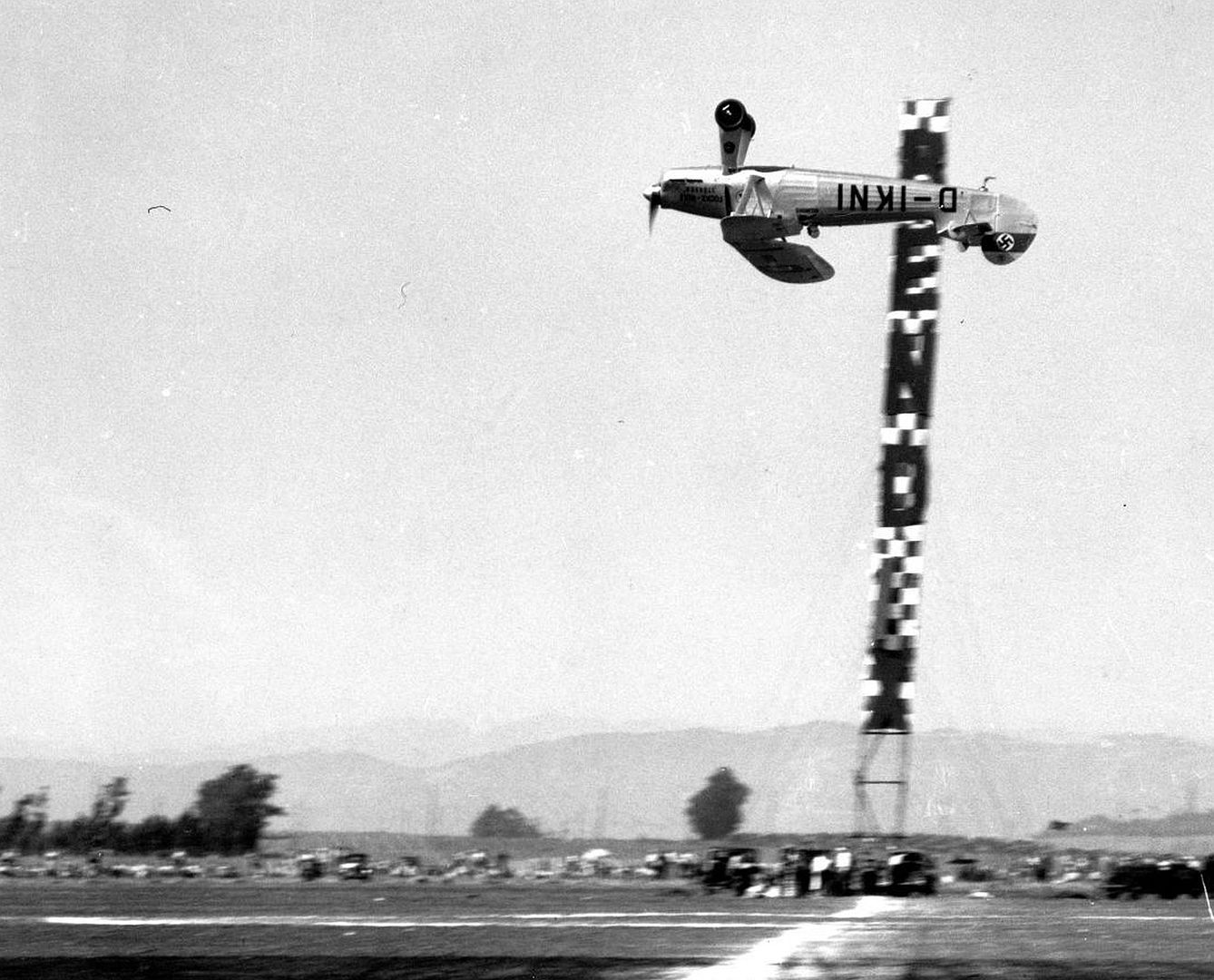
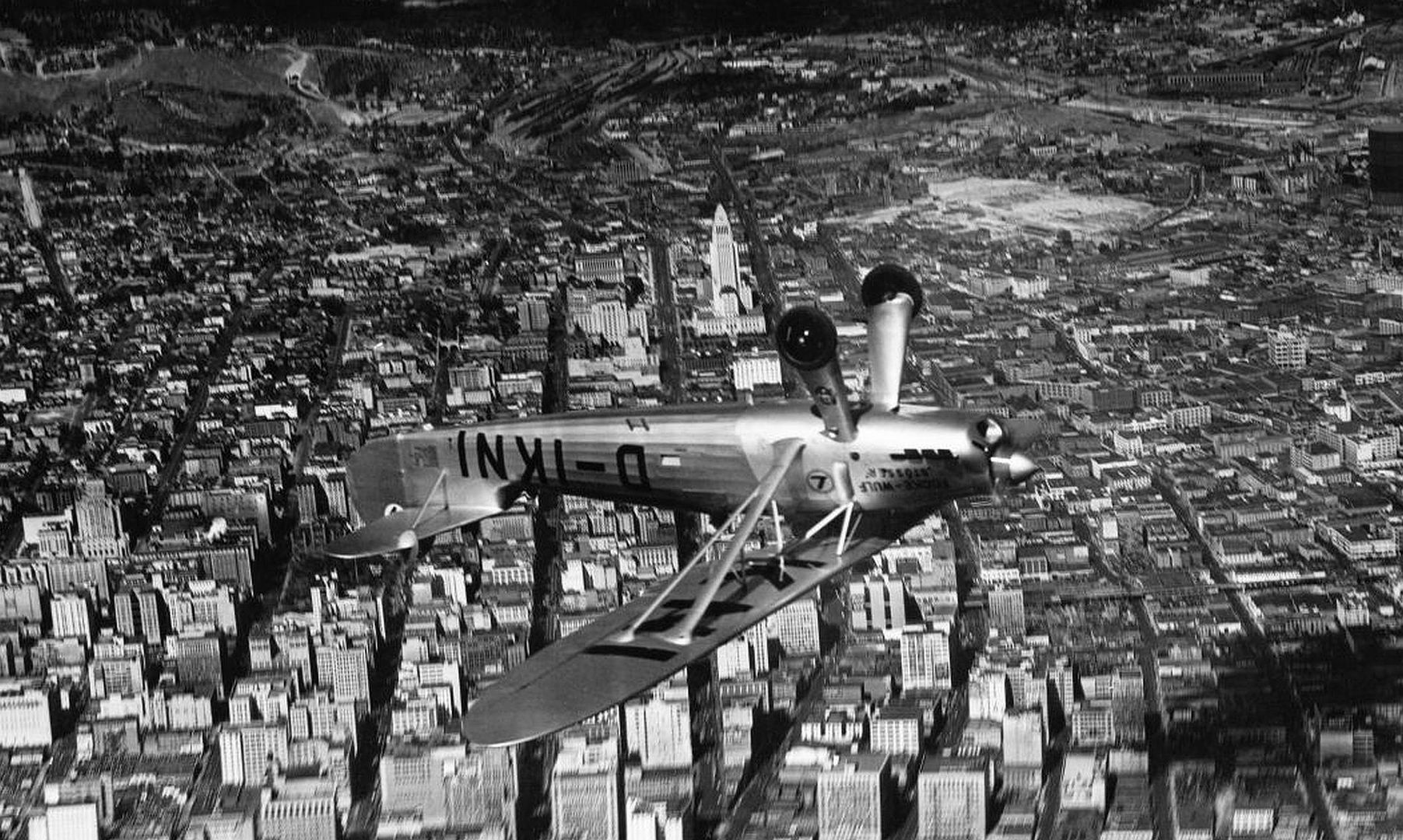
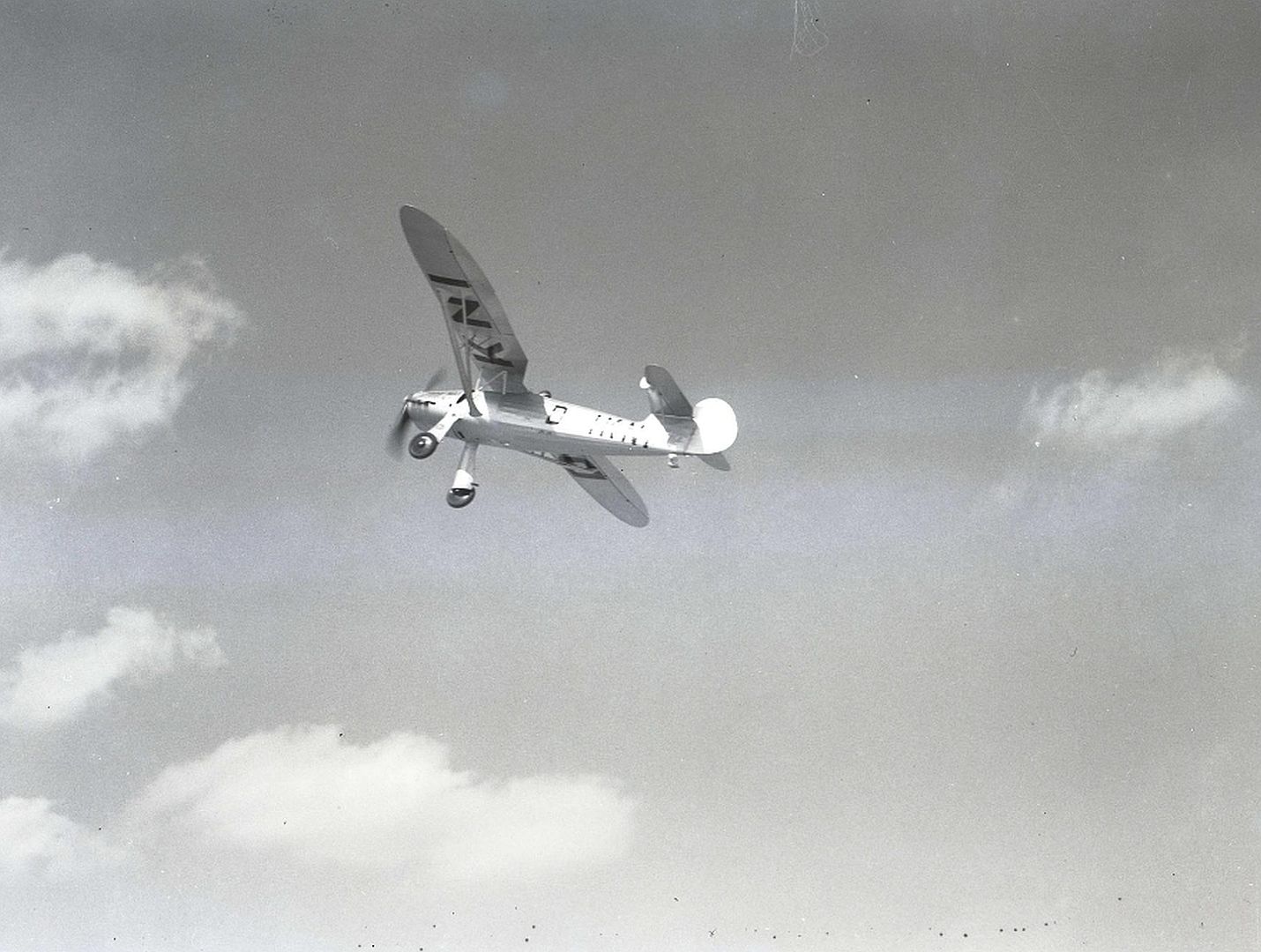
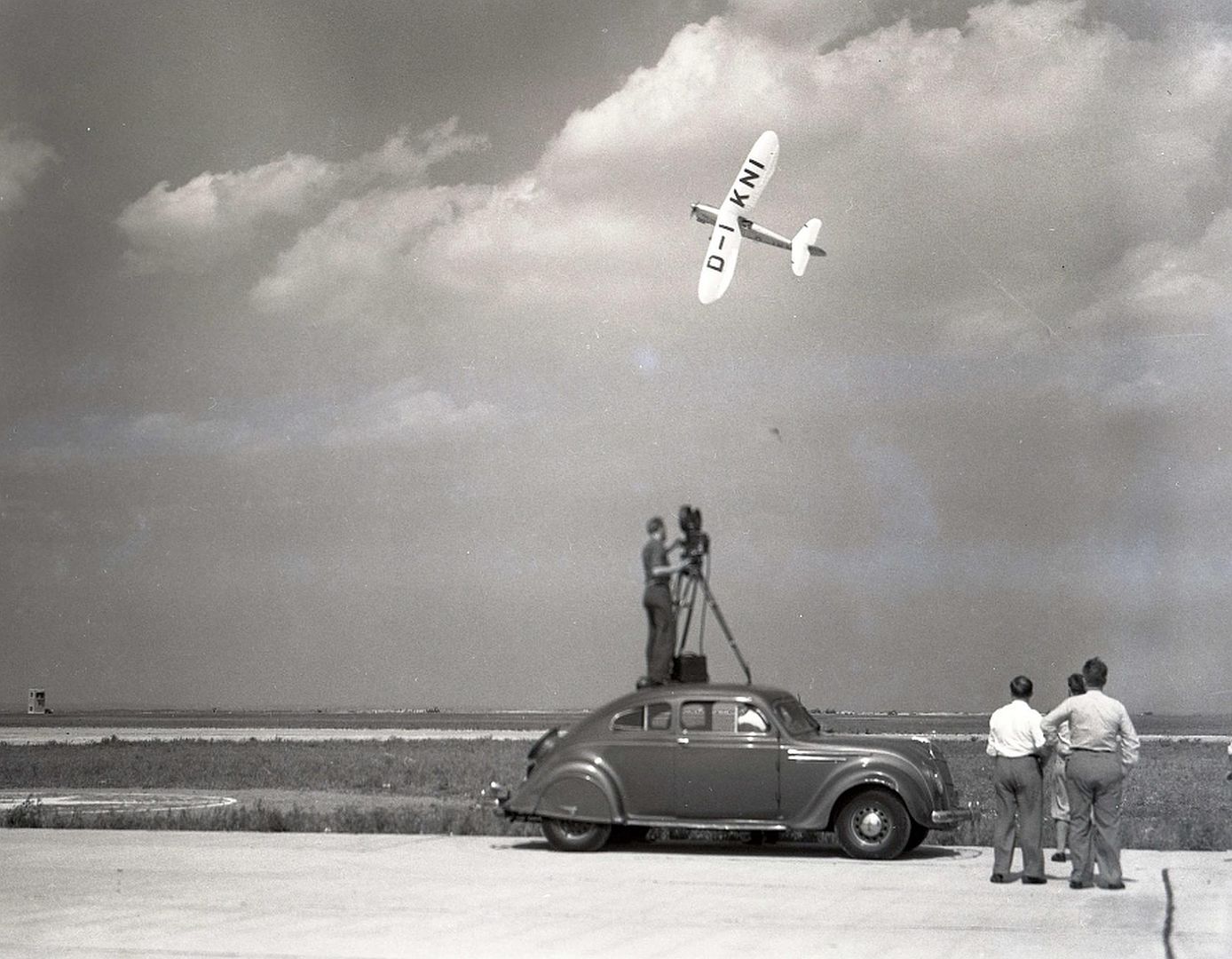
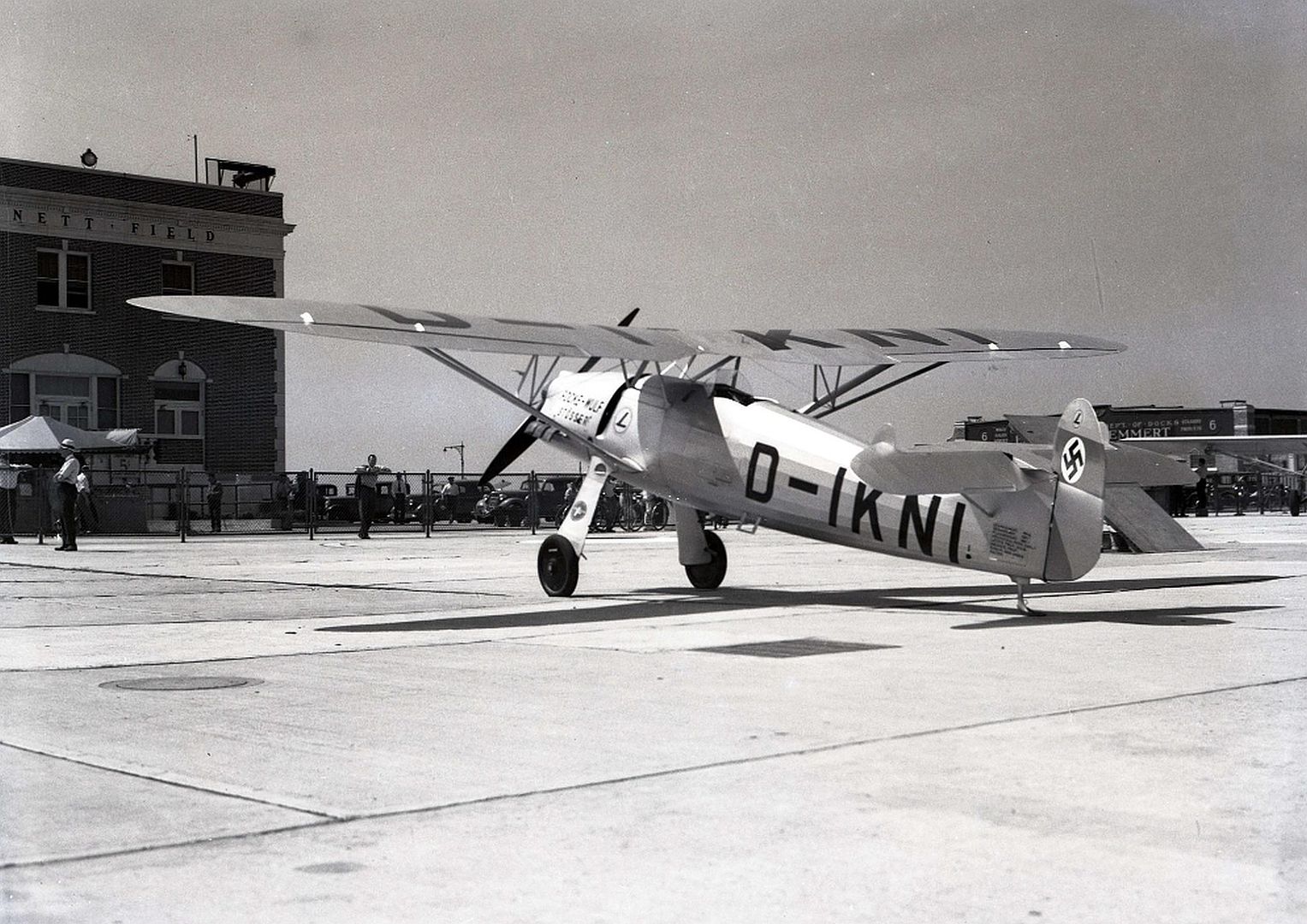
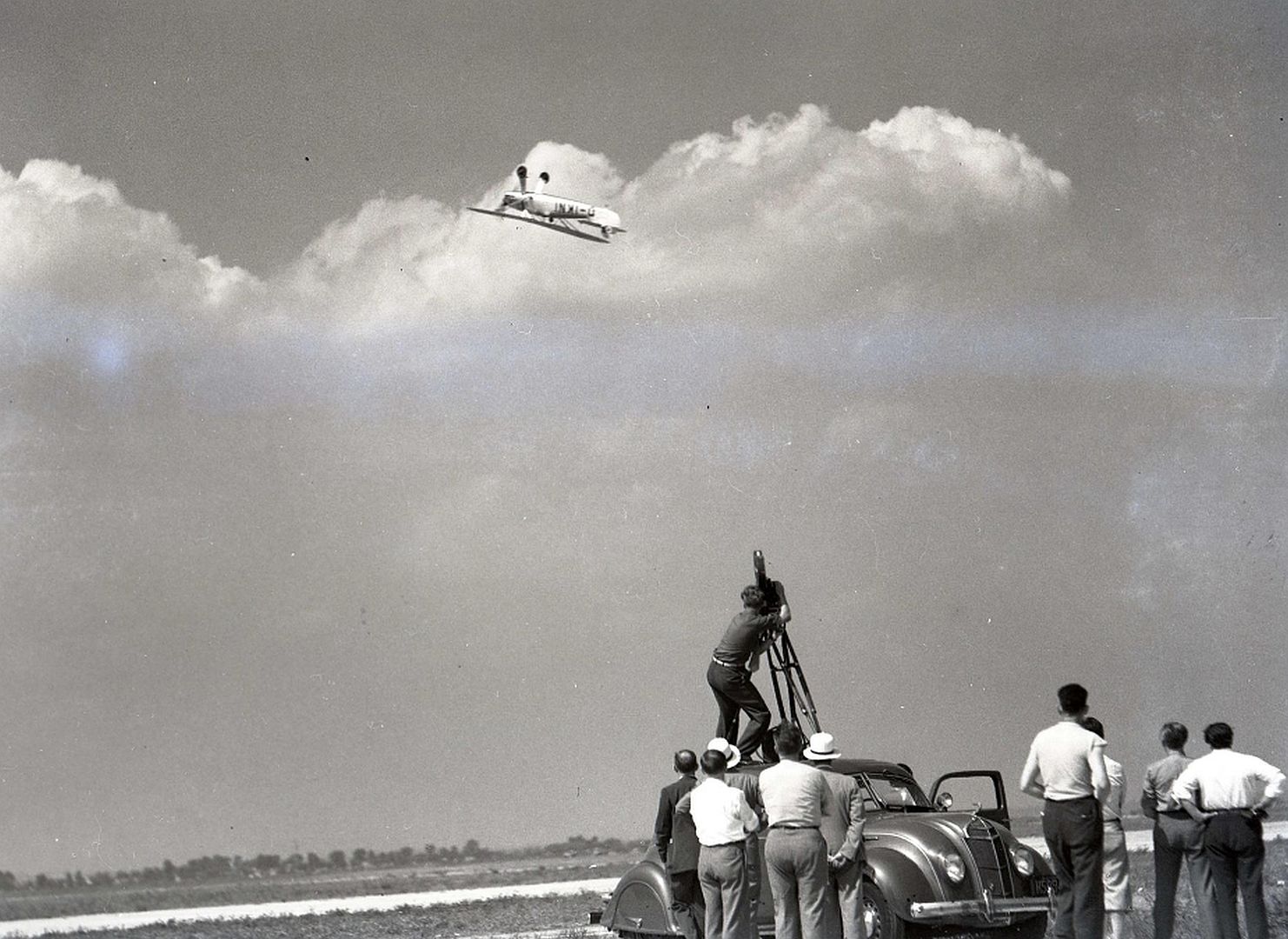
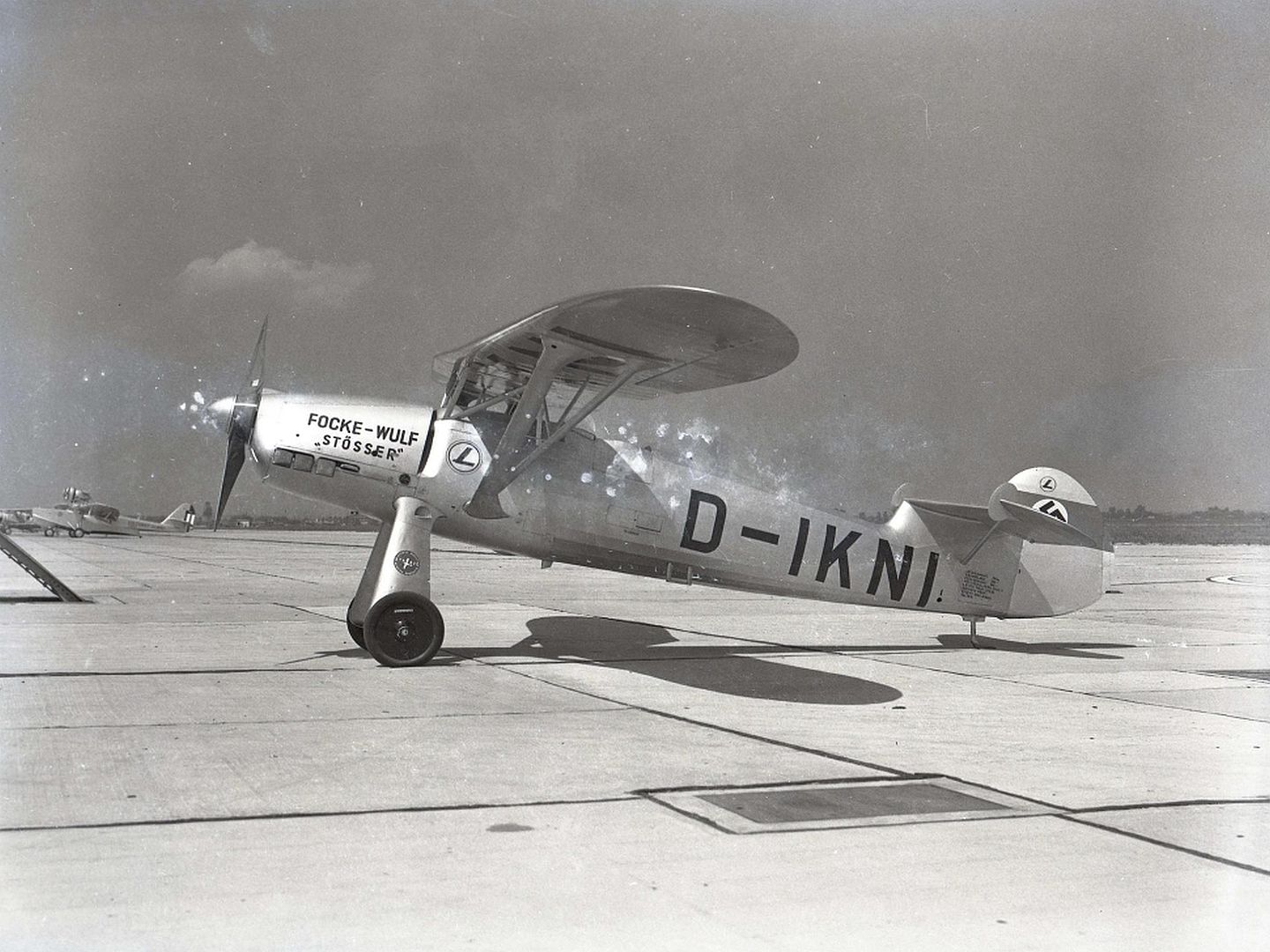
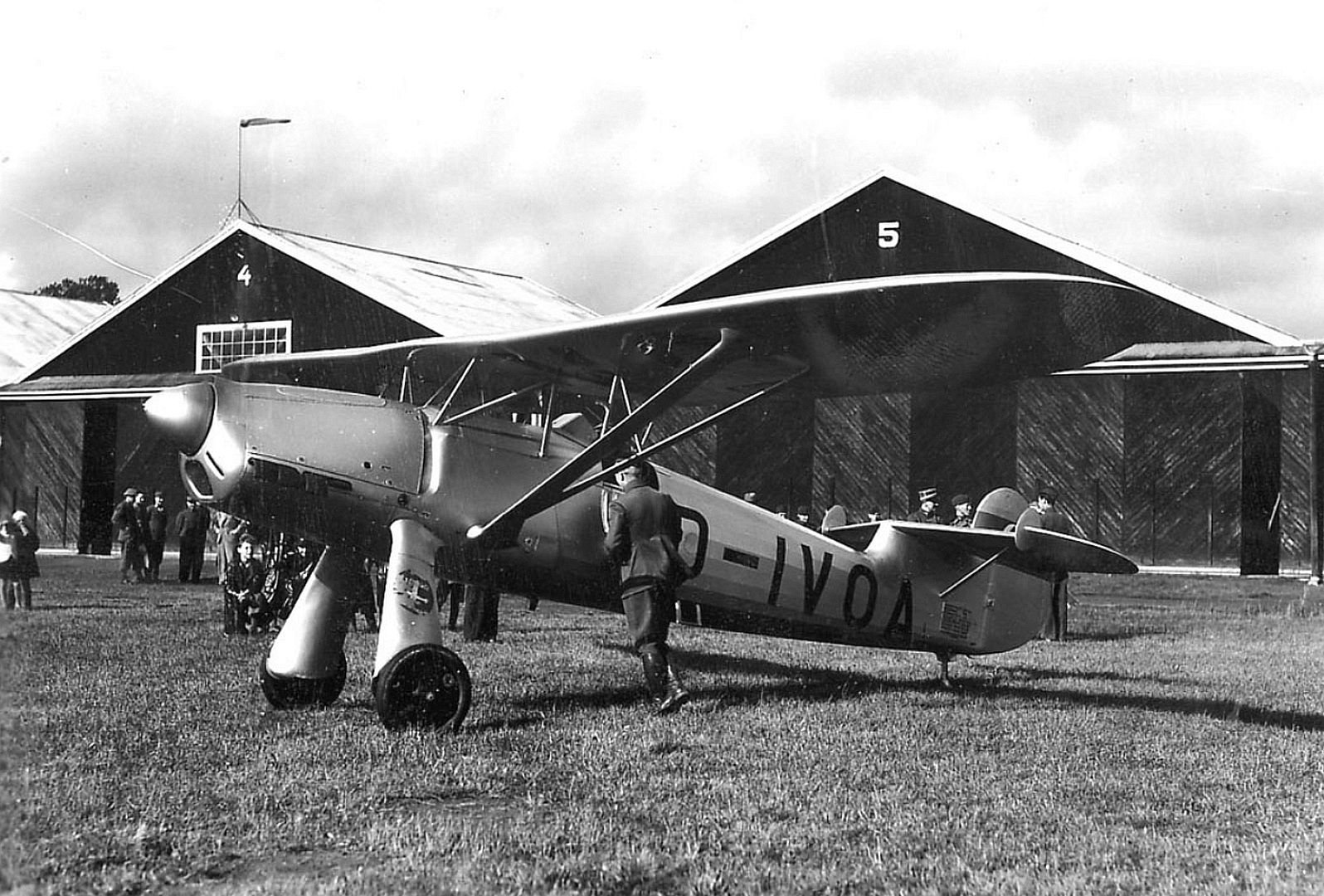
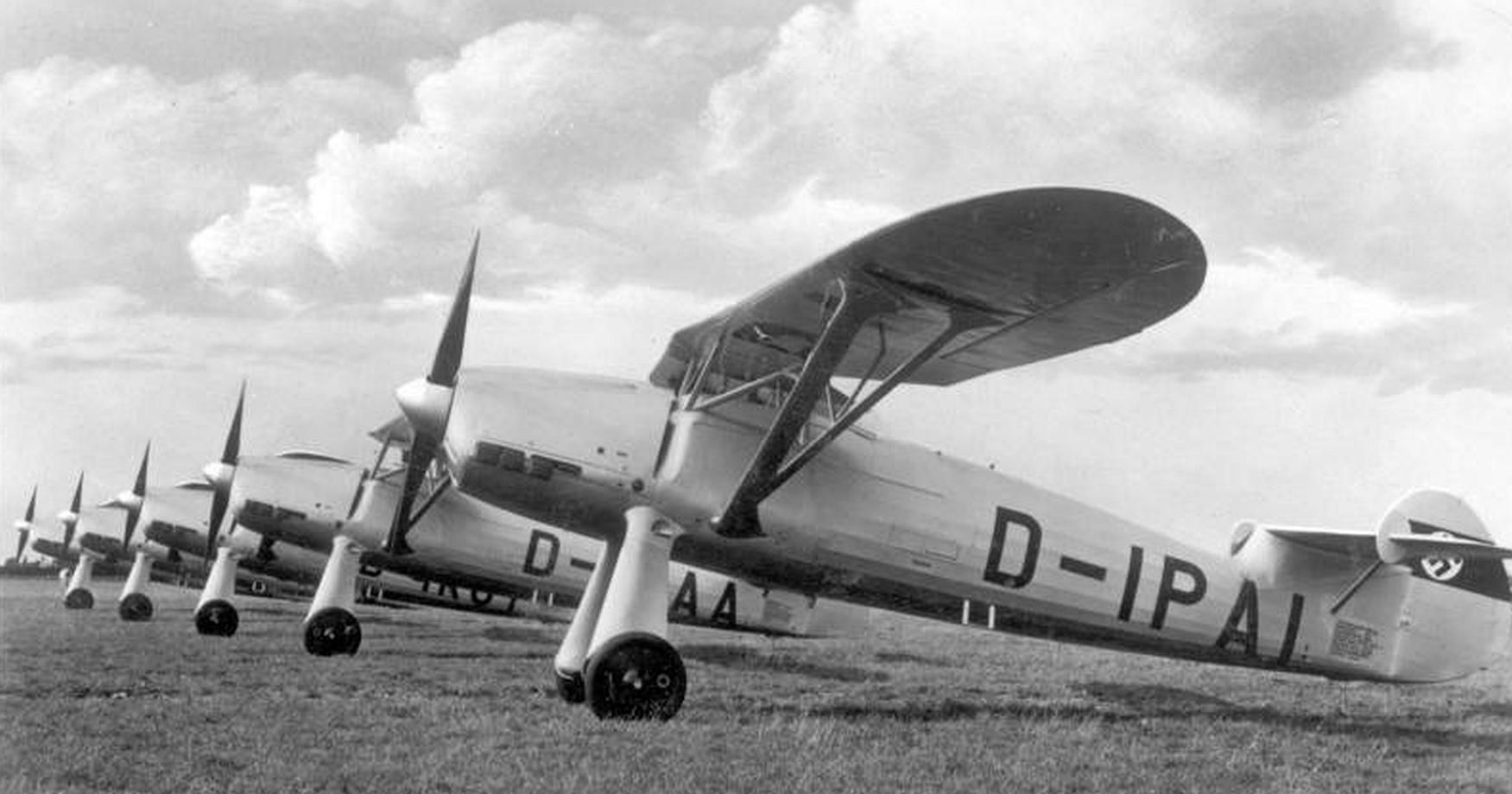
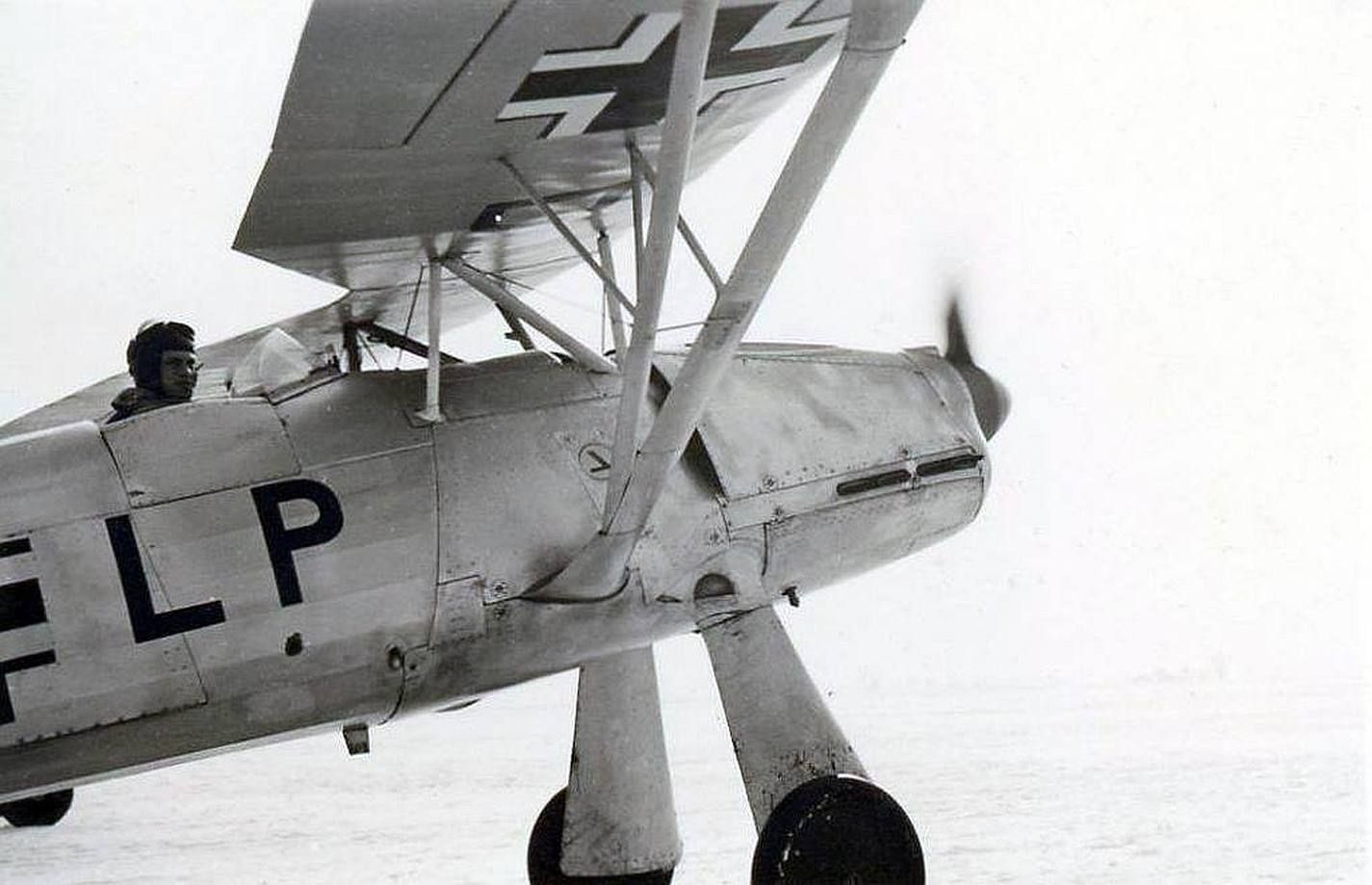
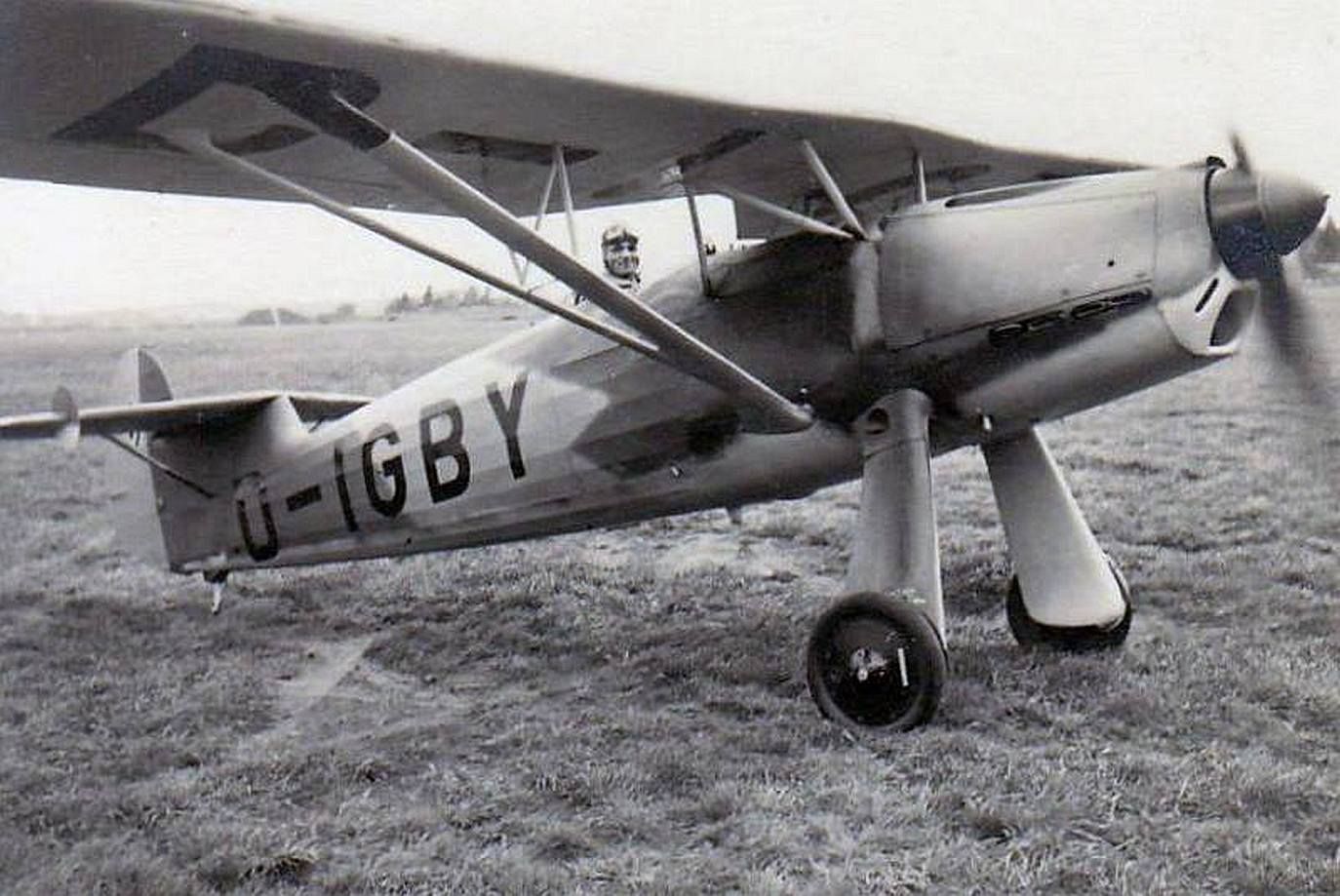
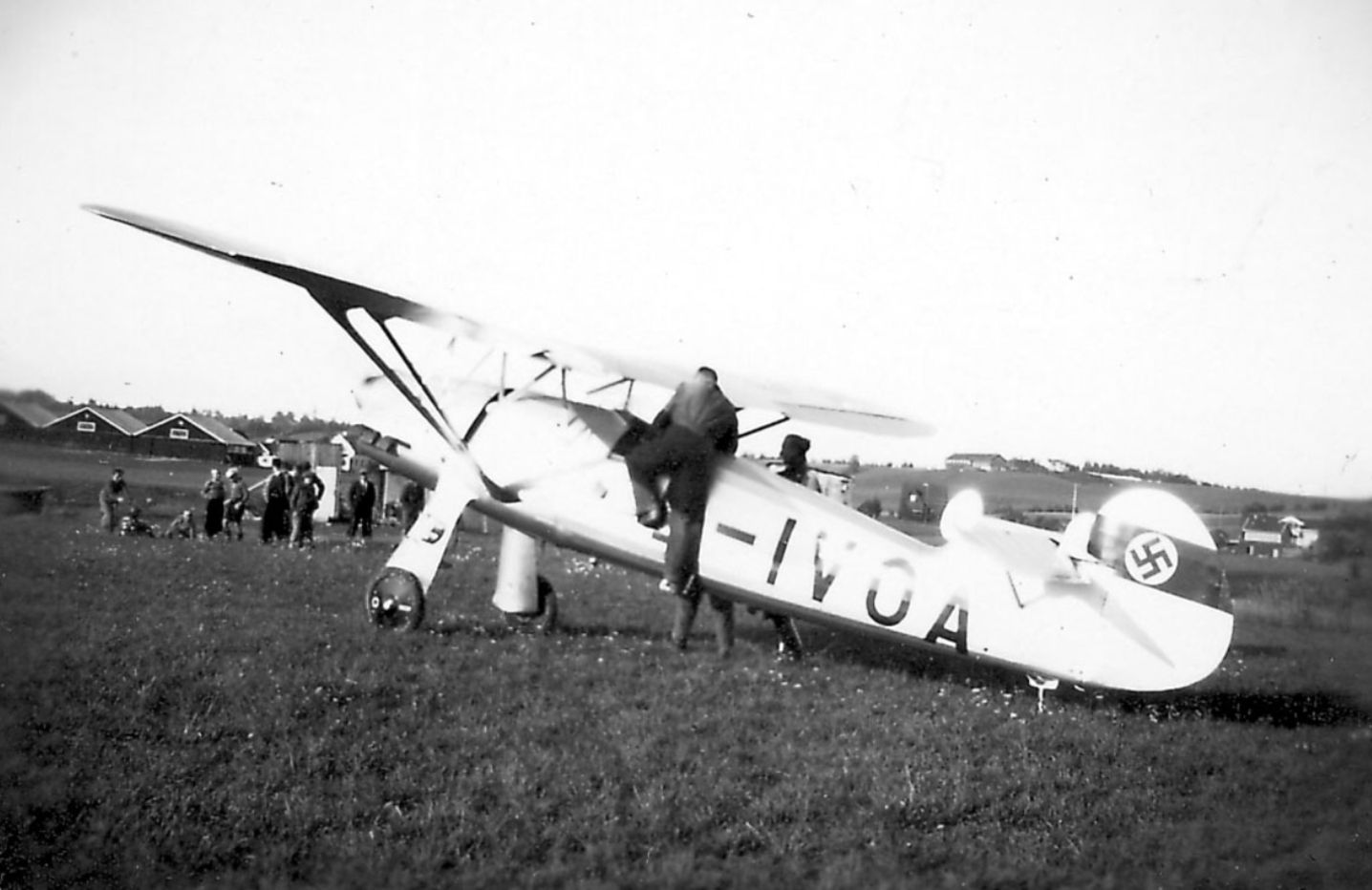
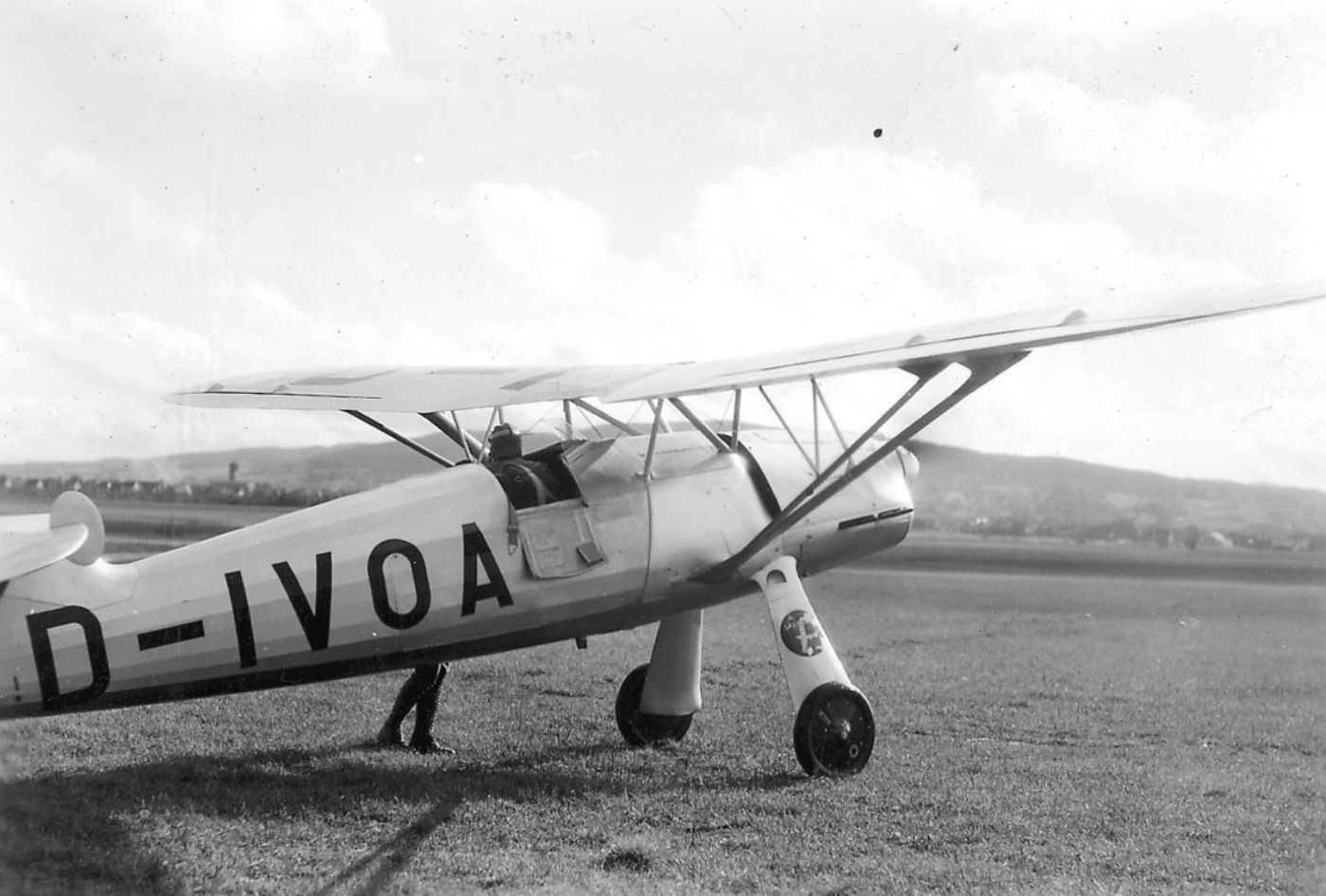


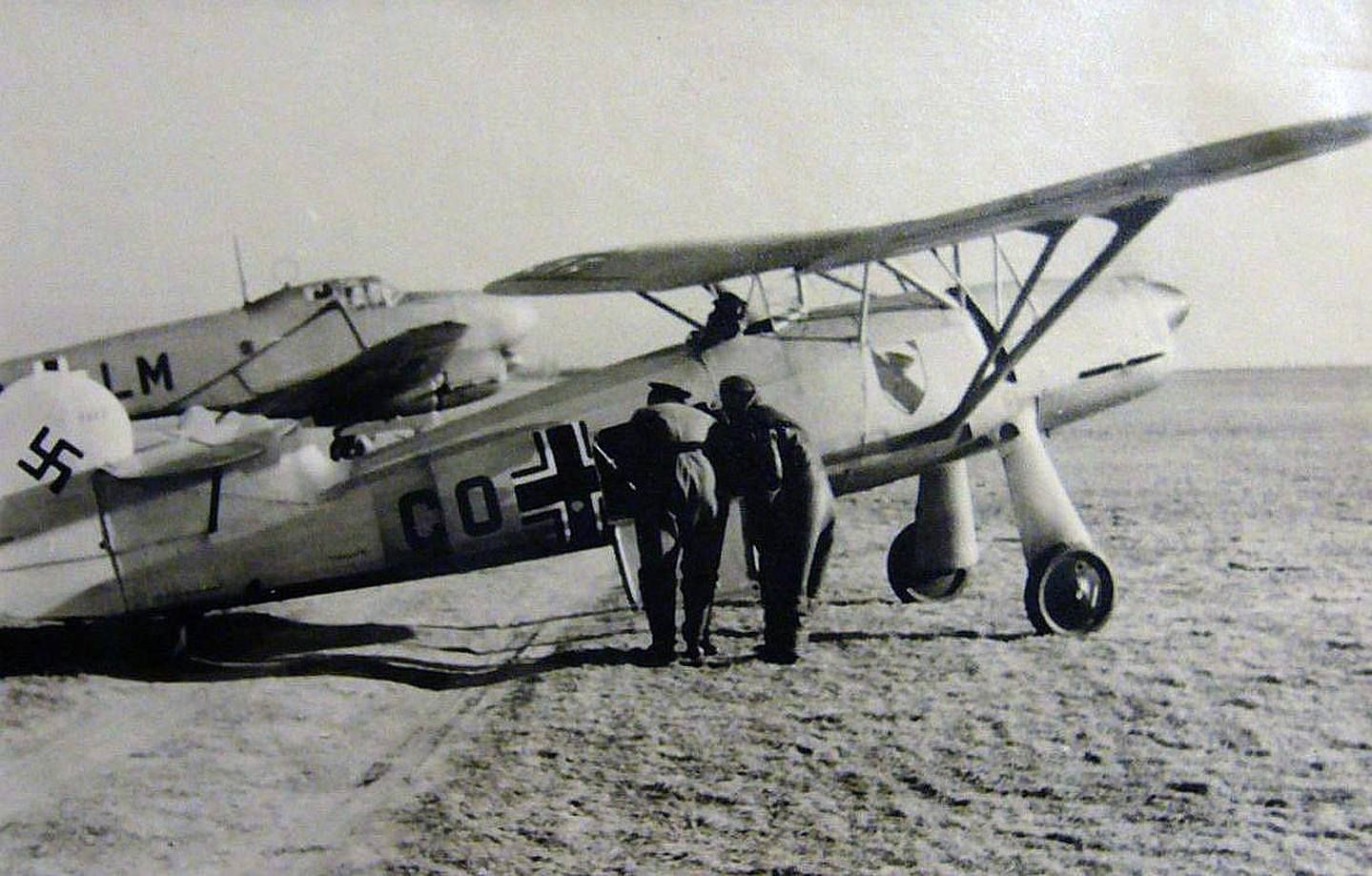
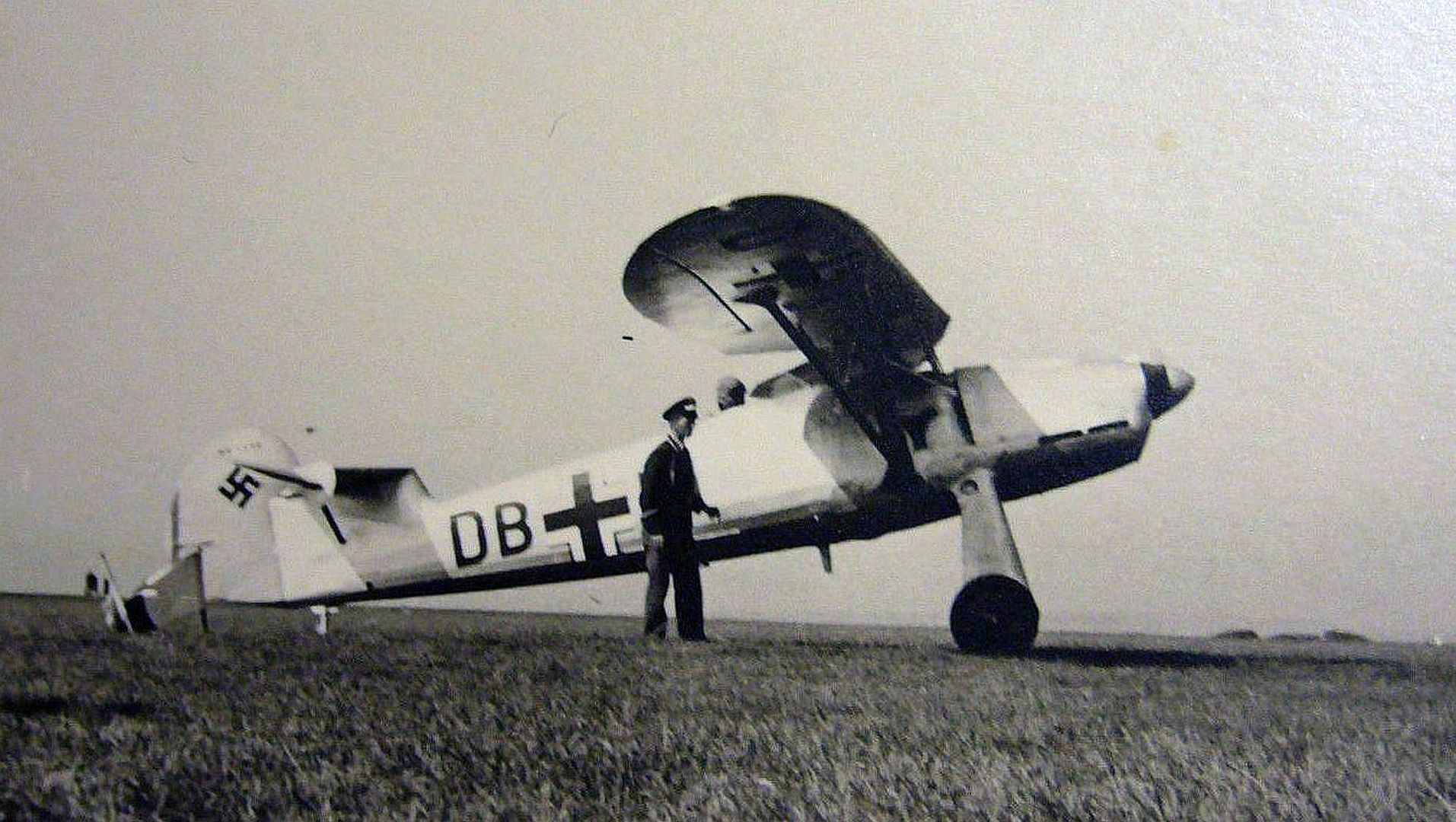
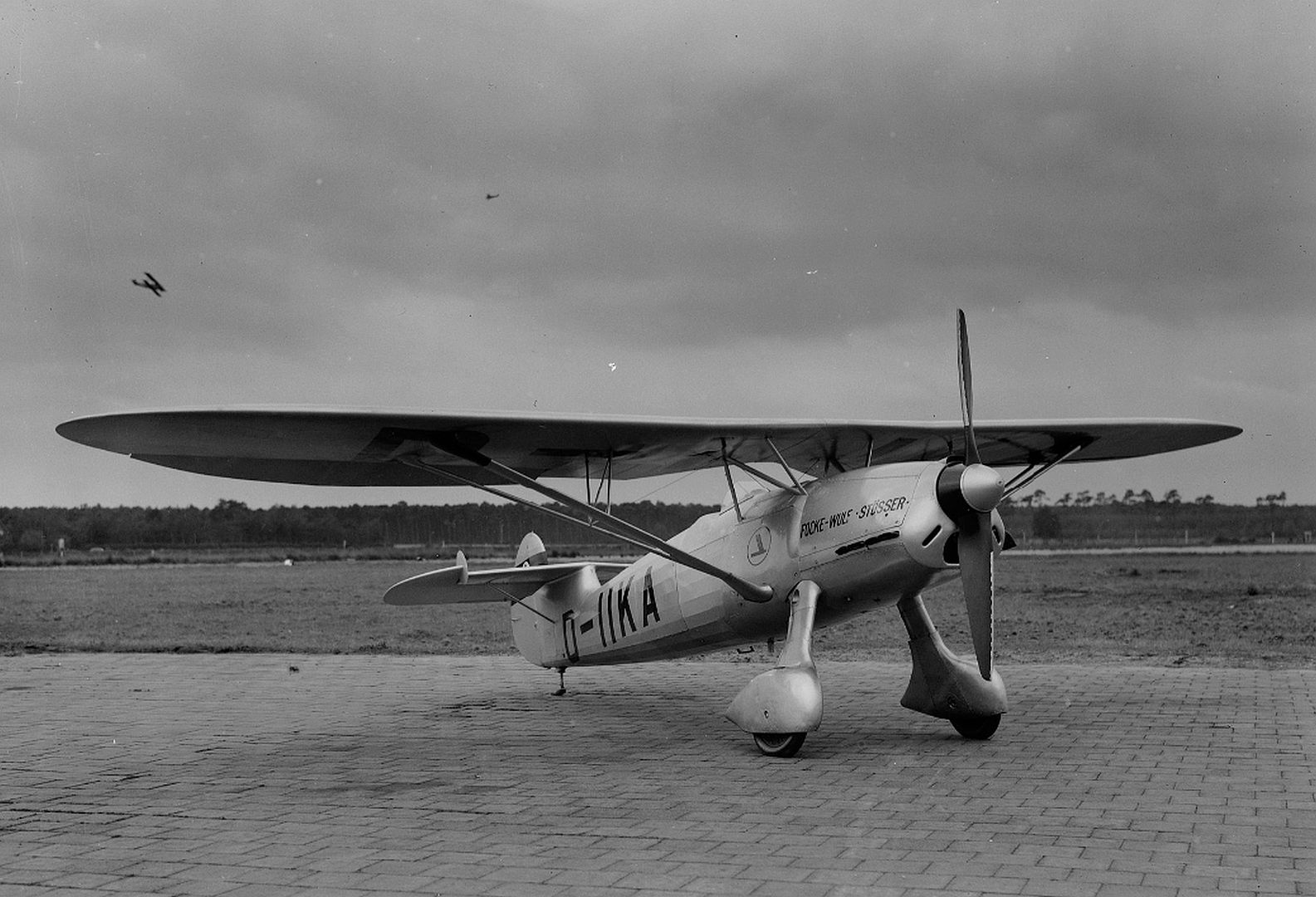

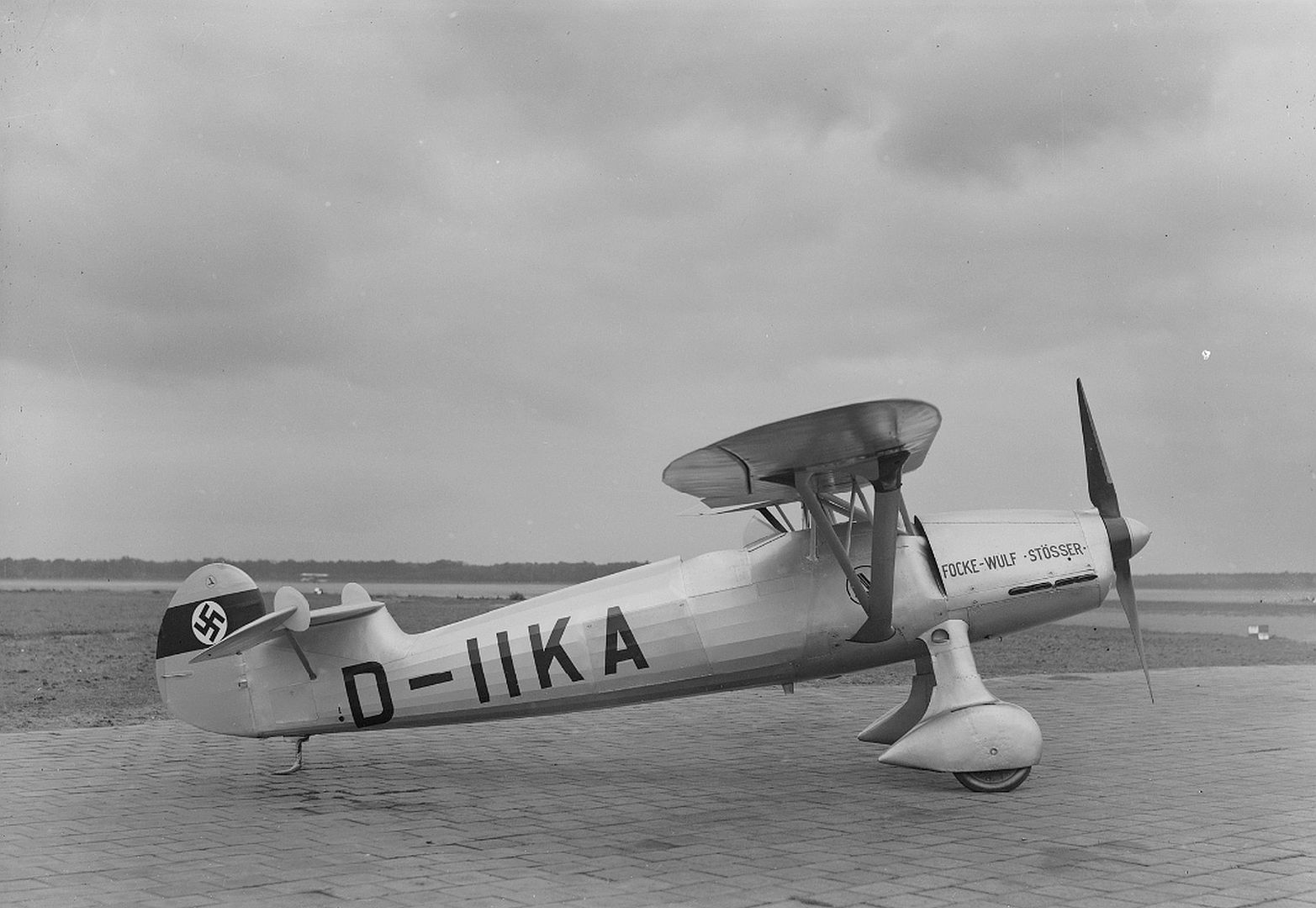
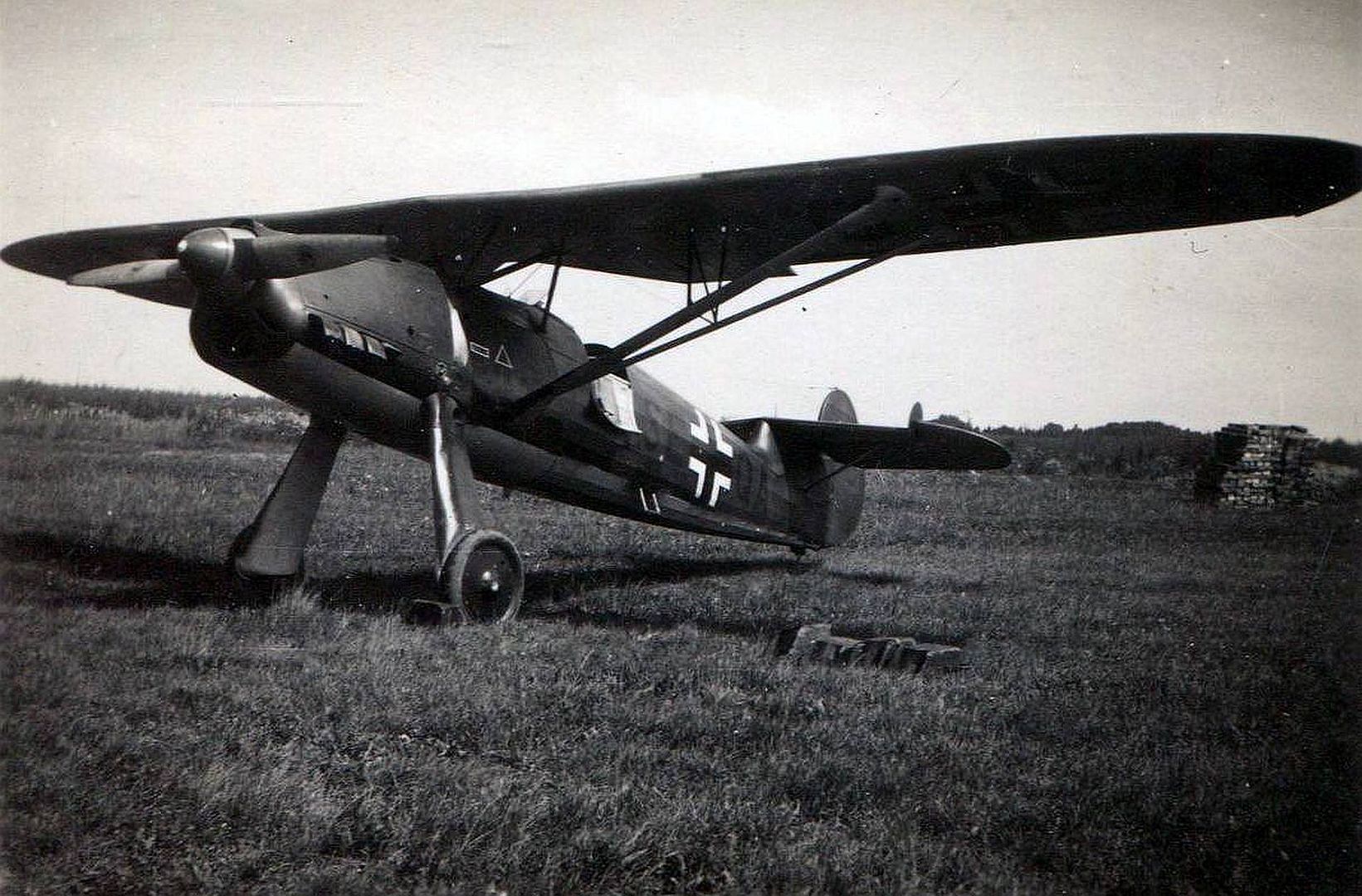
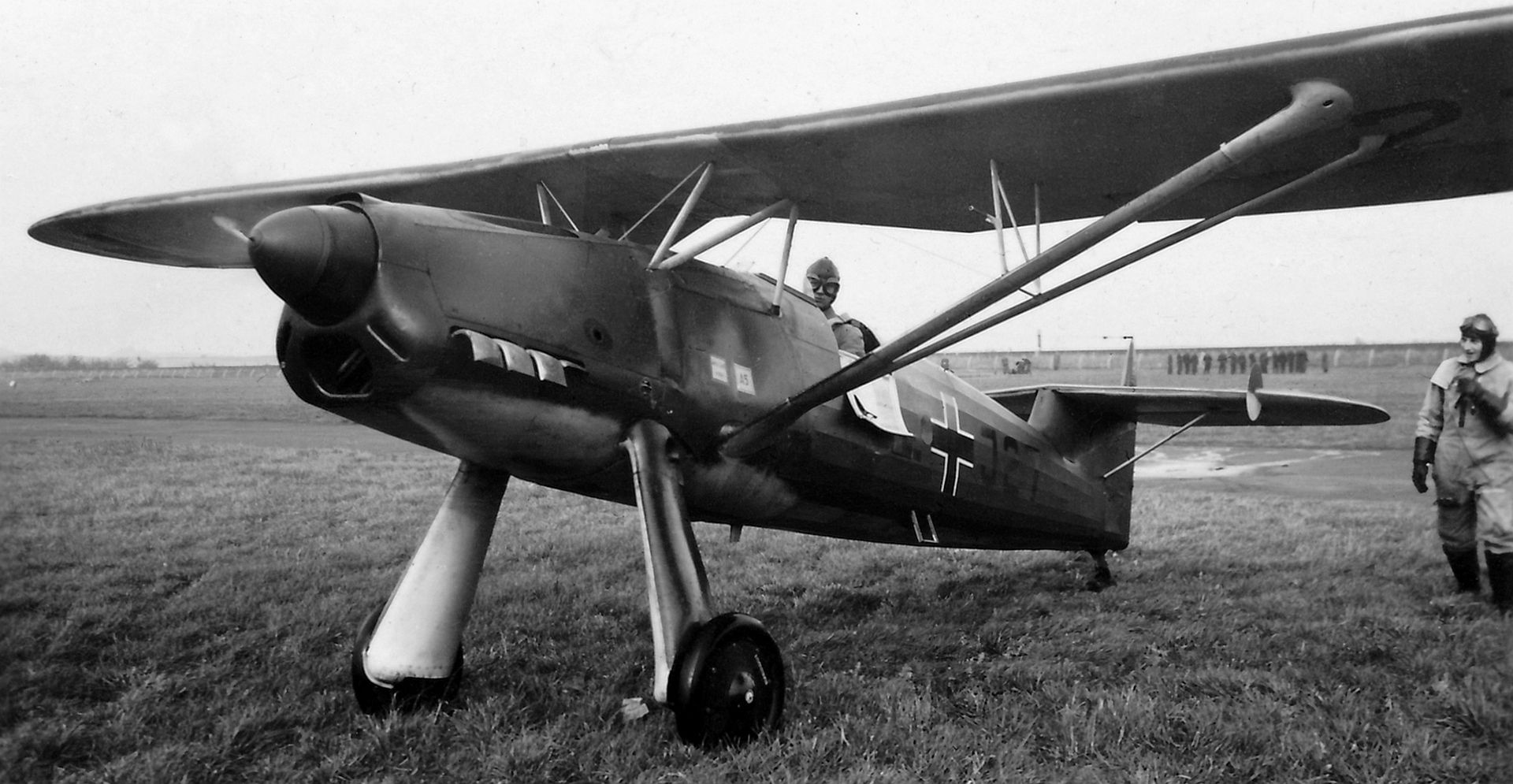
Specifications (Fw 56A-1)
General characteristics
Crew: one
Length: 7.6 m (24 ft 11 in)
Wingspan: 10.5 m (34 ft 5 in)
Height: 2.6 m (8 ft 6 in)
Wing area: 14 m2 (150 sq ft)
Empty weight: 755 kg (1,664 lb)
Gross weight: 985 kg (2,172 lb)
Powerplant: 1 ? Argus As 10C inverted V-8 air-cooled piston engine, 176.5 kW (236.7 hp) (converted from PS)
Performance
Maximum speed: 278 km/h (173 mph, 150 kn) at sea level
Cruise speed: 255 km/h (158 mph, 138 kn)
Landing speed: 90 km/h (56 mph)
Range: 385 km (239 mi, 208 nmi)
Service ceiling: 6,200 m (20,300 ft)
Rate of climb: 8.42 m/s (1,657 ft/min)
Time to altitude: 1,000 m (3,281 ft) in 2.2 minutes
Armament
Guns: 2 ? 7.92 mm (.312 in) MG 17 machine guns
Bombs: 3 x 10kg bombs on external ventral rack
Post a reply
- Go to Previous topic
- Go to Next topic
- Go to Welcome
- Go to Introduce Yourself
- Go to General Discussion
- Go to Screenshots, Images and Videos
- Go to Off topic
- Go to Works in Progress
- Go to Skinning Tips / Tutorials
- Go to Skin Requests
- Go to IJAAF Library
- Go to Luftwaffe Library
- Go to RAF Library
- Go to USAAF / USN Library
- Go to Misc Library
- Go to The Ops Room
- Go to Made in Germany
- Go to Campaigns and Missions
- Go to Works in Progress
- Go to Juri's Air-Raid Shelter
- Go to Campaigns and Missions
- Go to Works in Progress
- Go to Skinpacks
- Go to External Projects Discussion
- Go to Books & Resources
